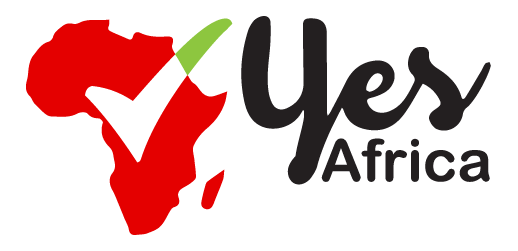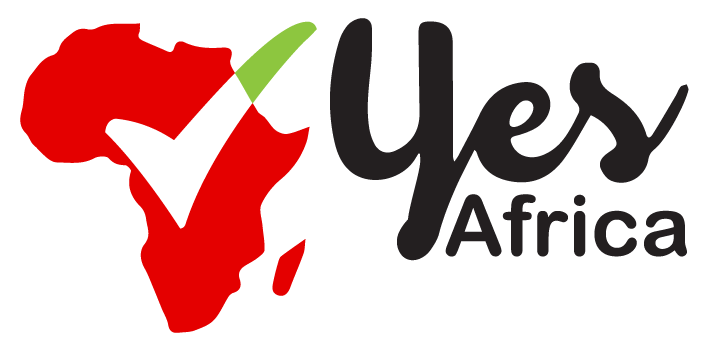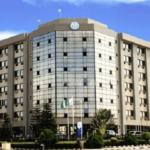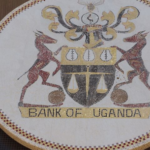Nigeria’s net foreign exchange reserves (NFER) has increased to its highest level in over three years, reflecting the impact of recent measures by the Central Bank of Nigeria (CBN).
In a statement on Tuesday, the CBN said, “NFER stood at $23.11 billion, the highest level in over three years, a marked increase from $3.99 billion at year-end 2023, $8.19 billion in 2022, and $14.59 billion in 2021.”
The NFER, which gives a clearer picture of the nation’s foreign exchange holdings by factoring in short-term obligations such as FX swaps and forward contracts, is the portion of reserves readily available to meet external commitments.
Since the assumption of Governor Olayemi Cardoso, the CBN has implemented several reforms to restore investor confidence and attract foreign capital, following the liberalization of the FX market and the decision to float the naira.
- Advertisement -
These reforms have driven an increase in gross external reserves, reaching $40.19 billion as at December 2024, up from $33.22 billion at the end of 2023.
The rise in reserves is largely attributed to the reduction of short-term FX liabilities, including forward obligations and currency swaps.
Cardoso emphasized that this improvement resulted from strategic policy decisions focused on boosting investor confidence, minimizing economic vulnerabilities, and reinforcing Nigeria’s reserve position.
“This growth in net reserves is not by chance; it reflects the outcome of deliberate policy actions designed to rebuild confidence, reduce risks, and establish a foundation for long-term stability,” he stated.
The statement further highlighted that increased foreign exchange inflows from non-oil sectors played a crucial role in strengthening reserves.
- Advertisement -
Looking ahead, the CBN expects this positive trend to continue in 2025 as it introduces additional measures to sustain momentum. While the first quarter saw seasonal adjustments, including foreign debt interest payments, the underlying fundamentals remain strong.
Reserves are projected to grow further, supported by higher oil production and a favorable export environment, particularly in non-oil industries.










